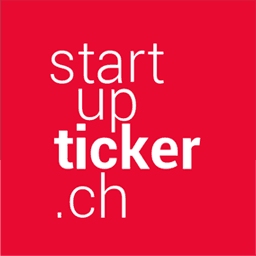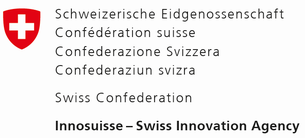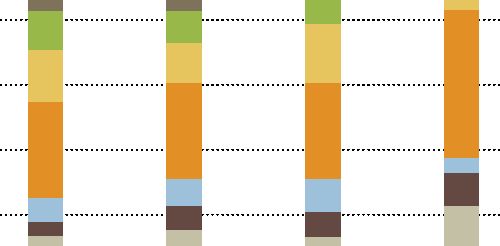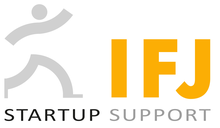
In 2020, Scandit completed the largest financing round for a software start-up in Switzerland. And the ETH Zurich spin-off, which now has more than 250 employees, also increased sales significantly – benefiting from several trends.
Scandit today is a global company. Almost half the 250-plus employees work in Switzerland, with more than 50 in the US, plus teams in the UK, Finland, Poland and, more recently, Japan. One reason for this is that the company wants to be close to its customers, and thus it is constantly moving forward. “We recorded very, very high growth in 2020,” says Scandit CEO Samuel Müller.
The start-up belongs to that illustrious group of ETH Zurich spin-offs where the technology is based on computer vision. However, Scandit is successful in diverse markets, ranging from retail to logistics – in particular the last mile – to field service management for consumer and industrial goods to healthcare.
A typical application is barcode recognition. The dedicated handheld devices used for a long time were not only bulky and expensive, but also awkward to handle. Thanks to Scandit, they can be replaced by smartphones, with the software requiring practically no familiarisation. “This is more efficient and corresponds with the trend of Bring Your Own Device, and also the democratisation of logistics; for example, with delivery platforms,” explains Müller.
Several drivers for growth
The Scandit-equipped smartphones are used today for both order processing and delivery in the mail-order business – one reason why this year has gone so well for the company. Scandit has not only benefited from the increase in online trading, but also from the fact that new employees do not require lengthy training with its software. In addition, the retail trade is increasingly offering its customers apps where check-out can be carried out without use of a payment terminal. Here also demand has picked up.
In Switzerland, for example, Coop’s Passabene app uses Scandit’s software, as do the shopping apps from Dutch Ahold Group, one of the world’s largest supermarket operators, and the Japanese-American 7-Eleven Group. This is a typical scenario: although the software is used ultimately by end consumers, Scandit’s customers are large companies. The business model is based on licence income and direct sales, and the Swiss company works closely with its customer’s IT team during development.
Flagship investors on board
The impressive track record and sustained strong growth indicate that Scandit can tap into further potential in the future, and this enabled it to pull off a financing round of more than USD 80 million earlier this year, despite the uncertainties due to Covid-19. Not only is the large sum remarkable, several global flagship investors participated, including the venture arm of Google group Alphabet, Atomico and G2VP, a top name in Silicon Valley.
Müller gives two reasons for the success: Scandit had a clear focus from the start and worked intensively on its go-to-market strategy. “We have dealt in detail with the question of which customers benefit most from our technological strength,” he explains. In addition, the start-up went to the US early on and Müller himself spent a lot of time there “in order to feel the pulse of the market and to build up a network of customers and investors”.
Three cofounders managing the company
Müller founded the start-up with Christian Floerkemeier and Christof Roduner in 2009, and astonishingly even after 11 years the three founders still make up the management team. No external CEO has been hired by investors, no founder has left the company – everyday occurrences in fast-growing start-ups. “We share the same values and have always consciously worked on our cohesion,” explains Müller.
The trio is relying on this consistency in the company’s future development. “A quick exit is not our priority,” explains the CEO. The three founders still have big plans for Scandit: according to Müller, the potential of existing processes, which Scandit’s software has made more efficient and flexible, is far from exhausted. Completely new fields of application may open up too: soon, consumers could scan the shelves with their smartphone and see recommendations or product information on their screen. Müller mentions drones and wearables that perhaps will be able to read their surroundings with Scandit software – and of course there may be applications that we cannot imagine today.























































Please login or sign up to comment.
Commenting guidelines